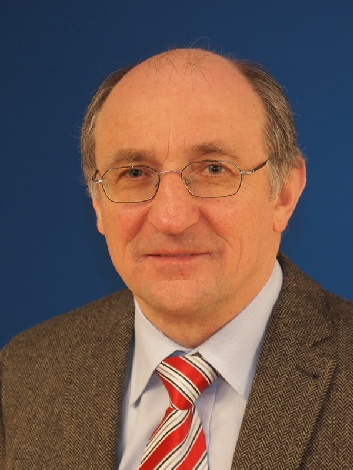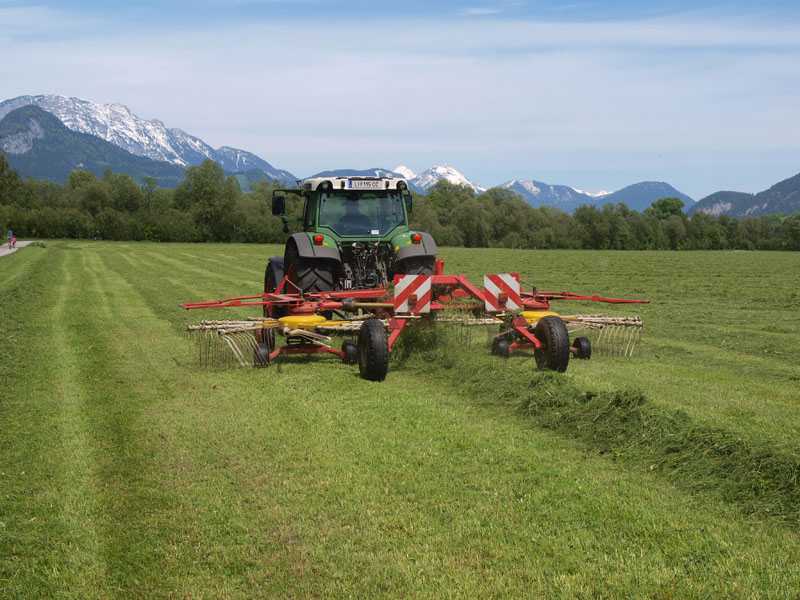Two thirds of Austria's agricultural land is grassland. This represents the feed base for ruminants, of which cattle have the greatest economic importance.
This project aims to address the connections between the intensity of grassland management and milk production. Fertilization and use are the main influencing factors on the yield and feed value of grassland. With increasing frequency of use, digestibility and feed intake increase, but at the same time the quantity yield decreases. The level of fertilization also plays an important role in yield development.
The number of animals per hectare depends directly on the yield and feed intake. It follows that area productivity depends not only on the performance of the individual animal but also on the number of animals per hectare. With increasing frequency of use, the performance of the individual animal increases due to the high feed quality. At the same time, however, the number of animals per hectare is decreasing due to the decline in volume yield and higher feed intake.
The aim of this project is to determine the optimum intensity of grassland management from an economic and ecological perspective. For this purpose, test results from the LFZ Raumberg-Gumpenstein and extensive literature data are used.
Further information on project management can be found in the database for research and sustainable development (Dafne) -> Link







